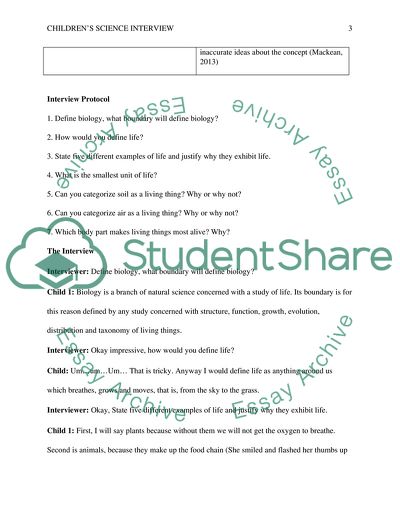Cite this document
(Children's Science Interview Case Study Example | Topics and Well Written Essays - 1500 words, n.d.)
Children's Science Interview Case Study Example | Topics and Well Written Essays - 1500 words. https://studentshare.org/education/1859182-childrens-science-interview
Children's Science Interview Case Study Example | Topics and Well Written Essays - 1500 words. https://studentshare.org/education/1859182-childrens-science-interview
(Children'S Science Interview Case Study Example | Topics and Well Written Essays - 1500 Words)
Children'S Science Interview Case Study Example | Topics and Well Written Essays - 1500 Words. https://studentshare.org/education/1859182-childrens-science-interview.
Children'S Science Interview Case Study Example | Topics and Well Written Essays - 1500 Words. https://studentshare.org/education/1859182-childrens-science-interview.
“Children'S Science Interview Case Study Example | Topics and Well Written Essays - 1500 Words”. https://studentshare.org/education/1859182-childrens-science-interview.


